How To Increase Solving Speed In Quantitative Aptitude
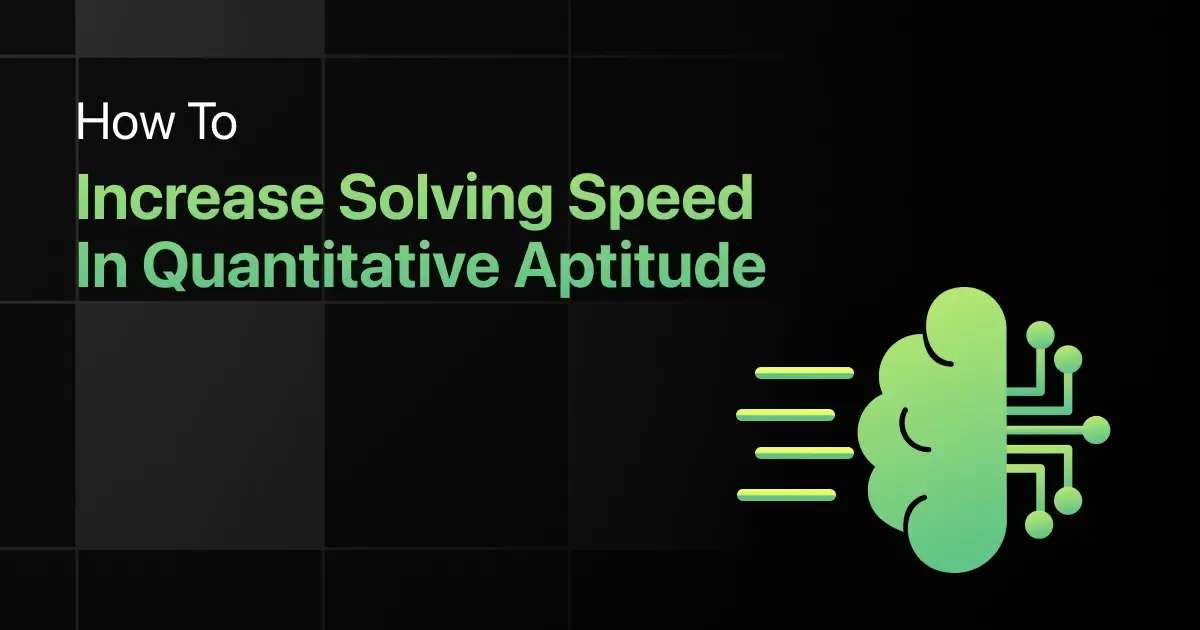
Quantitative Aptitude is one of the most important aspects of placement examination. It helps candidates to demonstrate their thinking, problem-solving and quick decision-making abilities to the employers.
But many candidates struggle to complete the Quantitative Aptitude sections in time due to the length and complexity of calculations. This led to many candidates trying and searching for methods to improve their speed in the Quantitative Aptitude section.
That’s why we have written this article to help students identify and understand the approaches and techniques on how to increase solving speed in Quantitative Aptitude.
How To Increase Solving Speed In Quantitative Aptitude Section
These are the methods you can use to increase solving speed in Quantitative Aptitude:
Step 1 – Understand the Complete Syllabus
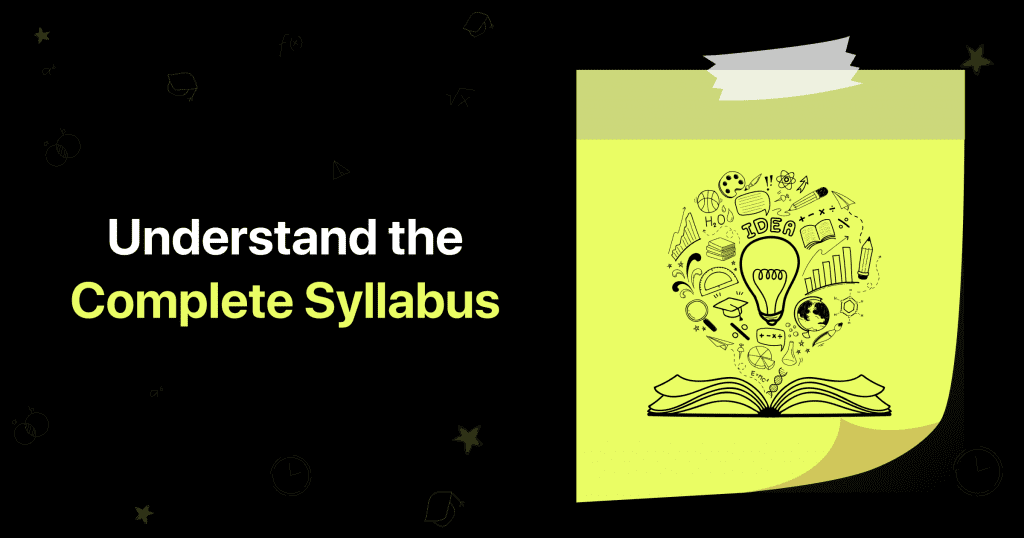


The initial stage in any significant endeavour has always been the most crucial. Because the first one determines the overall trajectory of the excursion. The route of the Quantitative Aptitude examination is equivalent. Without question, it is a challenging task packed with peaks and troughs as well as significant difficulties.
The Quantitative Aptitude syllabus is comprehensive, diversified, and, in some instances, open-ended. It is also essential to understand that the syllabus is neither limited nor extensive. If you understand the syllabus completely, you can devise a reasonable plan for your preparation that will require fewer hours, explore more topics, and practice more to improve your solving speed.
Step 2 – Improve Your Weaker Areas



It is natural for students to have topics in which they are weaker in Quantitative Aptitude. After all, various problem-solving approaches or abilities might well be required for different topics. The dilemma then becomes whether students should concentrate on refining a topic or on improving weaker concepts.
Students, in our opinion, should concentrate on their weakest subjects. This is due to the fact that having a topic in which the student feels inadequate would induce unnecessary tension during the examination. As a result, they may be able to perform at a degree beyond their greatest or in other words it can hamper their ability to solve questions with a good calculation speed.
It is advised that a student must starts from essential questions for their weaker topics. The objective is to guarantee that students have a clear understanding of their basics and that they acquire confidence as they answer each subsequent question while improving their calculation speed.
Step 3 – Learn Speed Maths & Vedic Mathematics Tricks
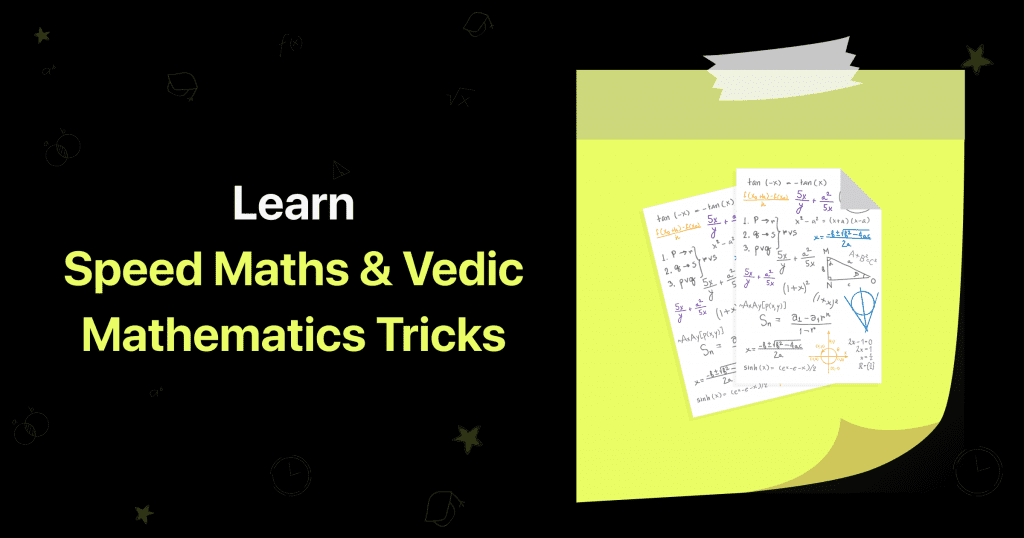


The term ‘Vedic’ is derived from the Sanskrit word ‘Veda,’ which denotes ‘Knowledge.’ Vedic Maths is a remarkable compilation of sutras for solving maths problems quickly and efficiently. If you go through any placement exam paper, you will see that there are many questions that can be answered efficiently and quickly by utilising these Vedic Maths Tricks.
Vedic Maths is no piece of cake as it requires extensive practice. These approaches may appear complex or challenging at first, but they will execute excellently when you begin your calculations with practice. Using Vedic Maths, problems are simplified to one-line answers. It can be learned and developed quickly and effectively. Compared to traditional methods, the calculations are quicker and more reliable.
Step 4 – Be Thorough with Tables, Squares & Cubes
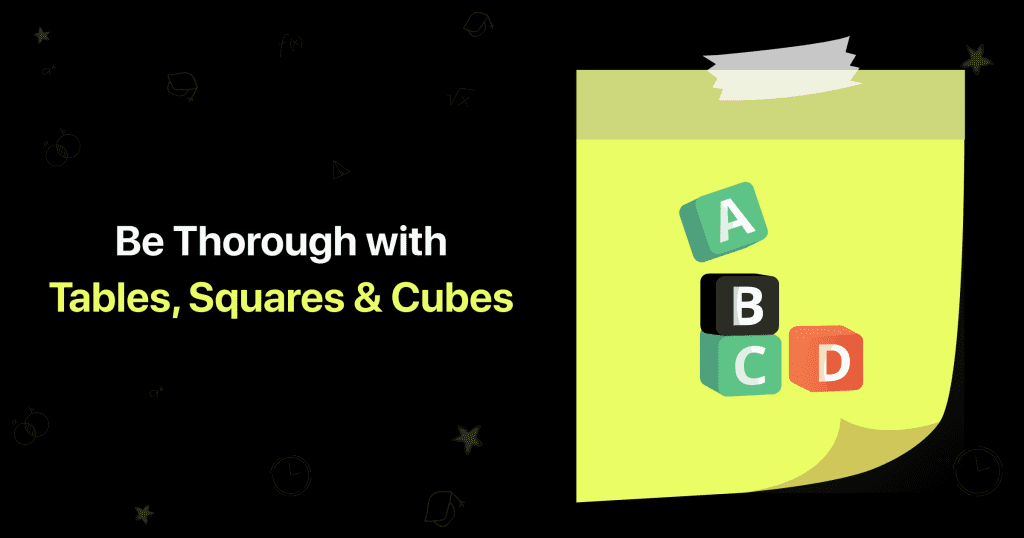


Tables, squares, cubes, and so on are typically used to speed up calculations. Memorising and practising will help you remember them. You must sometimes uncover relationships between numbers and, on other occasions, just memorise.
Tables, squares, and cubes can be thought of as tools, similar to a screwdriver used to twist a screw. Understanding the principles and practising them leads to mastery of tables, squares, and cubes. Experts recommend memorising tables up to 20, squares up to 25, and cubes up to 10 to improve speed in your calculations.
Step 5 – Observe & Understand the Question



Quantitative Aptitude is a challenging concept to master. The most crucial facet that might make it more difficult for students is that they do not properly understand the question before answering it. To not fall into the trap of solving without understanding the question, follow the process mentioned underneath.
Pay close attention to what the question is asking. Understand it and attempt to picture it in your mind. After that, figure out which concepts you can apply. Is it necessary to use addition or the Remainder theorem, for example? You can go to the following step if you understand the problem and know which concept to use.
Attempting to tackle it in a single step might be a daunting task. Instead, seek an approach that breaks down the problem into smaller chunks and arrives at a solution.
Step 6 – Incorporating the Right Shortcuts/Methods
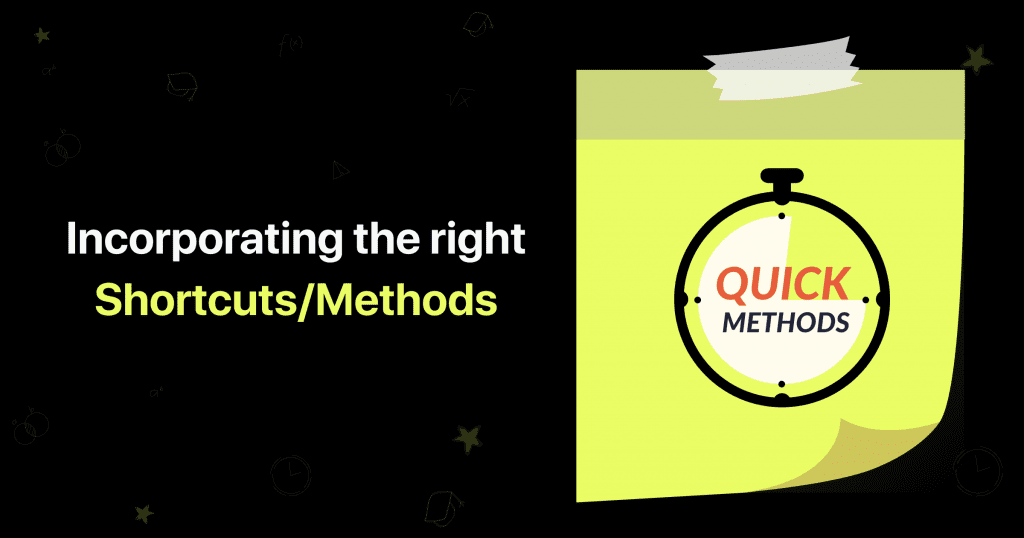


Tricks and shortcut methods can help you solve the Quantitative Aptitude section quickly.
These methods give students the confidence that they are approaching the solution to a problem faster. Today’s students have a multitude of shortcuts and techniques at their disposal, and understanding which to employ is half the battle. Students might utilise several shortcut methods to answer the problem depending on circumstances. Students acquire problem-solving abilities and grow more comfortable exploring for new answers when they understand how to get what they want.
Step 7 – Practice



When you see or read anything only once, you don’t learn it, at least not quite enough to retain it permanently. It may engage you for a few more encounters, but you easily forget about it and move on to something else.
While the ageing process has an impact on our recollection, there is still a lot we can really do to help us remember more when we want to study. For generations, repetition has been utilised as a memorisation technique. The right kind of repetition could assist your memory significantly. To study Quantitative Aptitude for placement exams, you must practice all you have learnt.
If knowledge is repeated or revisited on a frequent basis but at gradually increasing intervals, it gets transferred to another brain region to be retained in long-term memory. That becomes entrenched with duration. Every time you discover something new and practice it, you strengthen your memory’s specific learning or behaviour and make it simpler to remember or recall.
Final Words
We hope this article helps students identify and understand the approaches and techniques on how to increase solving speed in Quantitative Aptitude. If you have any queries regarding the techniques, feel free to drop a comment in the comments section. We wish you all the best in your preparations.
Frequently Asked Questions
These are the frequently asked questions regarding how to increase solving speed in Quantitative Aptitude:
1. Why does solving speed matter in acing the quantitative aptitude section?
Solving speed matters in acing the Quantitative Aptitude section because most of the Quantitative Aptitude section is set in a time-constrained environment, making it absolutely necessary to solve all questions in time.
2. How can I get started in improving the solving speed?
You can start by understanding the whole syllabus, then identifying your strong and weak points, and then improving them by learning different shortcut methods and tables to improve your calculation speed.
3. What are the factors that affect the solving speed?
The factors that affect the solving speed include the ability to break down a problem into smaller parts, approaching each part as a separate entity and identifying which shortcut method or technique can help get the desired results.
4. How does concept clarification go hand in hand with solving speed?
Concept clarification goes hand in hand with solving speed because understanding a concept thoroughly can help students approach the problem without any doubt, improving the solving speed.
Explore Quantitative Aptitude Guides
- Quantitative Aptitude Preparation Guide
- Quantitative Aptitude Accuracy Guide
- Quantitative Aptitude Topics for IT Companies
- Quantitative Aptitude Learning Order
- Quantitative Aptitude Easiest Topics
Explore More Quantitative Aptitude Resources
Related Posts
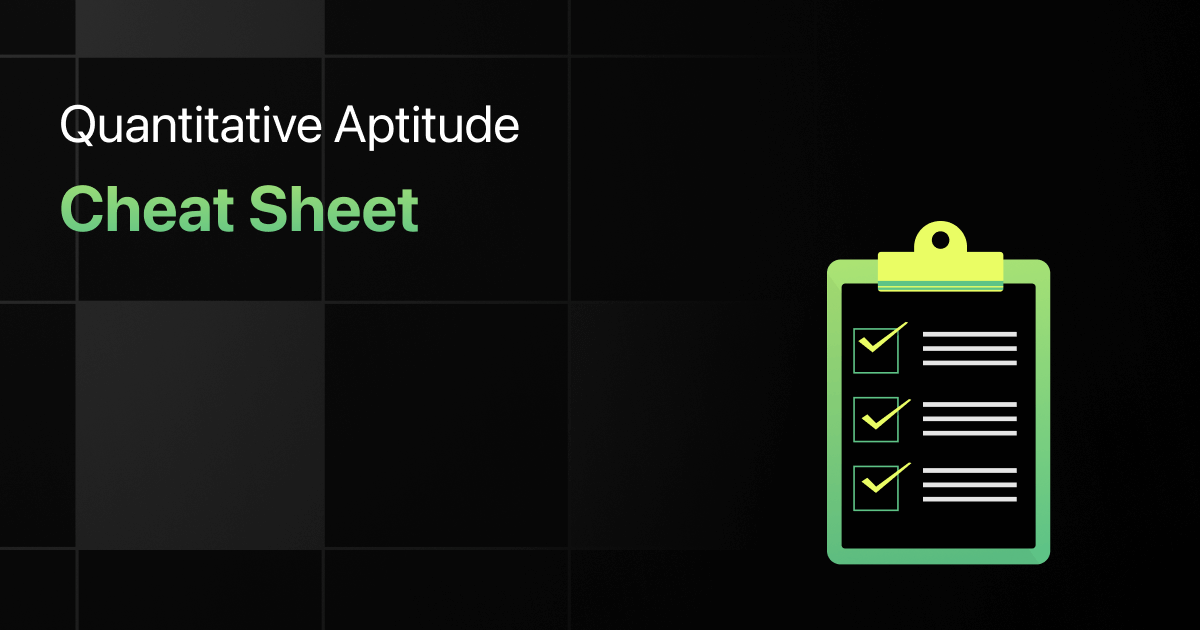

Quantitative Aptitude Cheat Sheet
Quantitative Aptitude is a crucial aspect of many exams, interviews, and job placements. It requires the ability to perform mathematical …








